There are a lot of aspects to take into account when creating a video game. Two of the most important are that of the beginning and end. These pieces of a game’s development should be the very first to be made and the middle should be created afterwards. Let’s look at why this is.
First Impressions are everything
First impressions are paramount in gaming. The start of a video game is what gets the player invested in the experience and needs to shine. It is what gives the player a look at what the game has to offer and what they can expect to see later on. If a game gives you an excellent first impression, it is likely you are going to be hyped and excited about what the rest of what it has to offer. Should a game give off a bad first impression, it would likely put you off playing it. At the very least it would leave you with a negative impression that would affect your overall experience.
Many Youtubers and independent game critics, such as Jim Sterling and Totalbuscuit, are making videos specifically on first impressions these days. They can be the difference between the making and breaking of a game. Such videos are what either build up the hype or entirely deflate it. Let’s not forget the unforgiving community that is Steam and the ability to place reviews on a game’s store page. Gain enough negative ratings and potential buyers will glance at the review rating and just walk away.
This quick judgmental behavior is completely understandable. With so many video games coming out on a daily basis, developers need their game to stand out and show why it should be bought and played over other ones.
That moment the player has been waiting for
The ending of a video game is just as important as the beginning. The ending is the moment the player has been waiting to experience. The big finale. It is the time the player sees the conclusion to everything they have experienced thus far.
There is nothing more disappointing than playing a game for hours on end only to have a woeful conclusion. The ending is what makes the entirety of the experience feel like it was worth it. A weak conclusion of what originally felt like an amazing experience suddenly makes the game feel a lot worse.
A perfect example of this would be Id Softwares Rage: a fantastic shooter in almost every regard but with one of the most half-hearted conclusions in the history of video games. I cannot express my disappointment with it, not just from the perspective of the plot but the entire level design.
Everything felt rushed in the final levels, which brings me on to my next reason why developers should create an ending from the start. Fans of a game want to know when it is going to be released once they know of its existence. Setting a date for them to get excited over is crucial.
Video games are a tricky thing where all manners of different issues can arise during development. If you are developing a game from its beginning to its end time can quickly catch up with you. If your deadline is starting to creep up at a rapid rate, the ending of the game is going to be rushed to meet that deadline.
If it is made from the start of the project and perfected, you have the ending finished and ready and do not have to worry about delivering a disappointing conclusion.
What about everything in between?
Everything in between the beginning and end of a game is not something that should be ignored or approached lazily. It is the part of a game where players are a lot more forgiving of minor errors, yet major errors will still stand out. The reason for this is that the beginning of the game will already have them invested.
If you have a damn good ending to your game, it will give players that sigh of relief as they place down the controller and dust their hands while thinking how much it was worth seeing the game to the end. Delivering a bad beginning and end automatically makes the player look for every negative that they can possibly find.
This results in players finding more to dislike about a game than they would otherwise. It is simple human psychological behavior. The bad things are always more memorable than the good as we tend to dwell on negatives more than positives. This behavior is because negatives have a greater impact on an experience and our emotions than positives, which makes them more memorable.
The beginning and ending of a game are the heights of the experience while everything in between is the backbone that connects the two. Indeed, the middle still requires the ability to engage the player, but it leaves a lot more room for small mistakes and doesn’t require such a powerful impact.
Making the most of each advantage
Video games is one of the most competitive industries in existence at this moment in time. All you need to do is take a look at the upcoming video games list on Steam to see just how many games release on a daily basis. Almost every day, there is a minimum of three new games arriving on Steam.
To make a video game stand out from the crowd, developers need to take every single advantage that they can. The beginning and ending of a video game are two advantages that can strongly work in a developer’s favor. To see them as anything less than that in such a competitive industry is naive. If you have ever thought about making a video game, I cannot stress enough how important it is to use both correctly. The beginning and end should always be the highest priority of a developer and should always be the first to be made. They are the two highest points with the biggest impact on any video game.
What are your thoughts on the beginning and end of video games? Do you think they are important? Do you think they have the greatest impact on an experience? Let me know in the comments below.

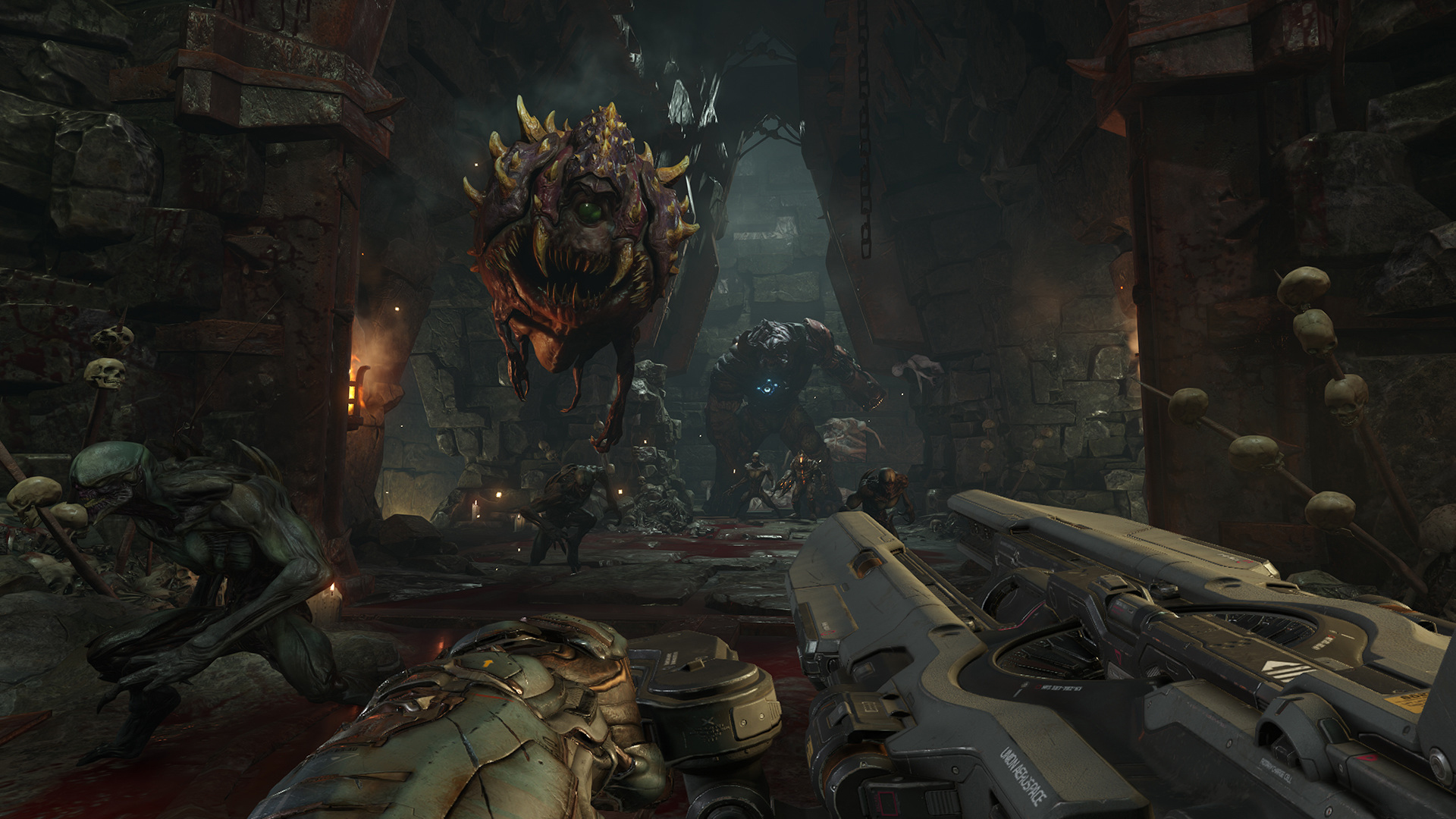
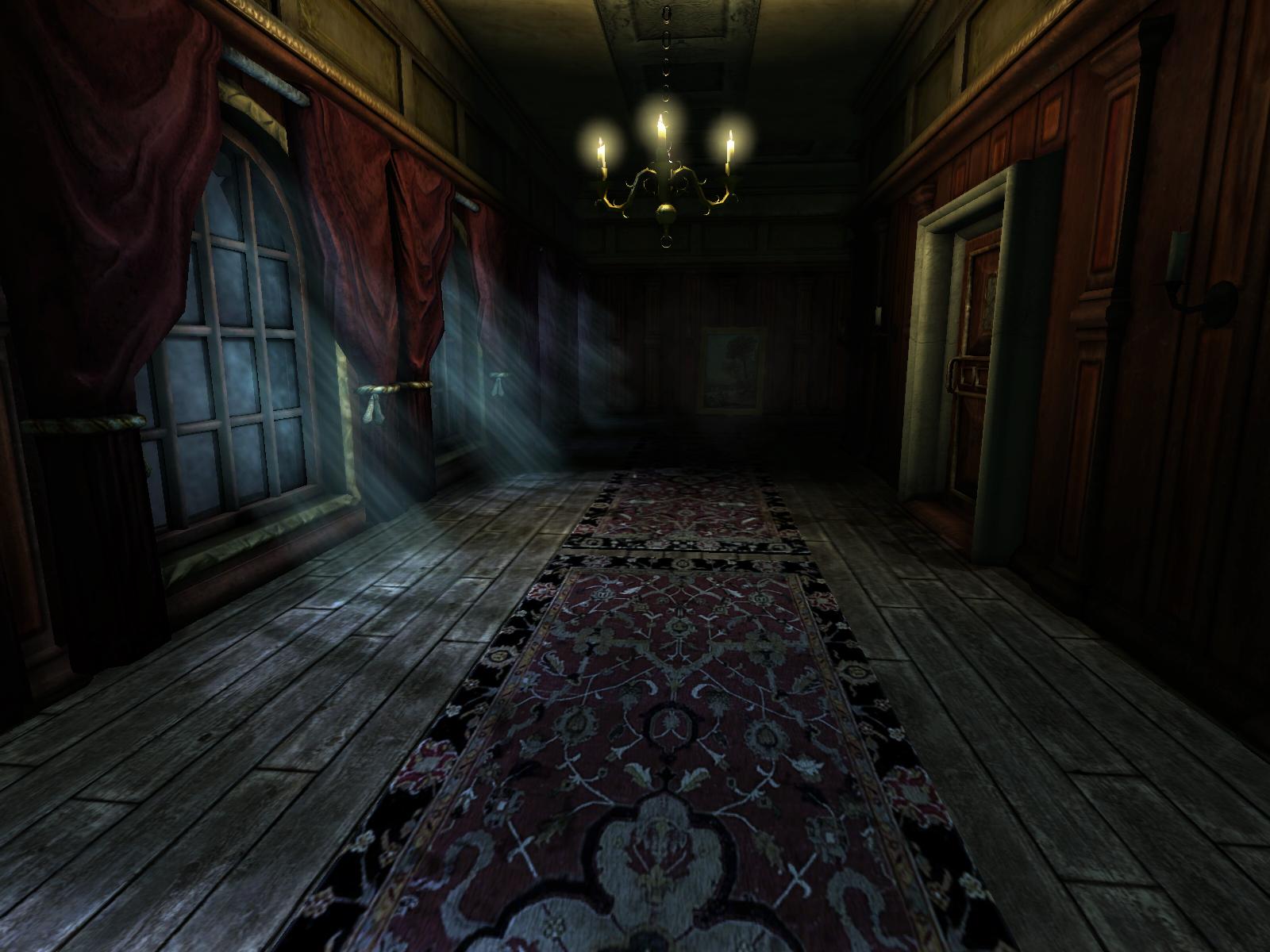
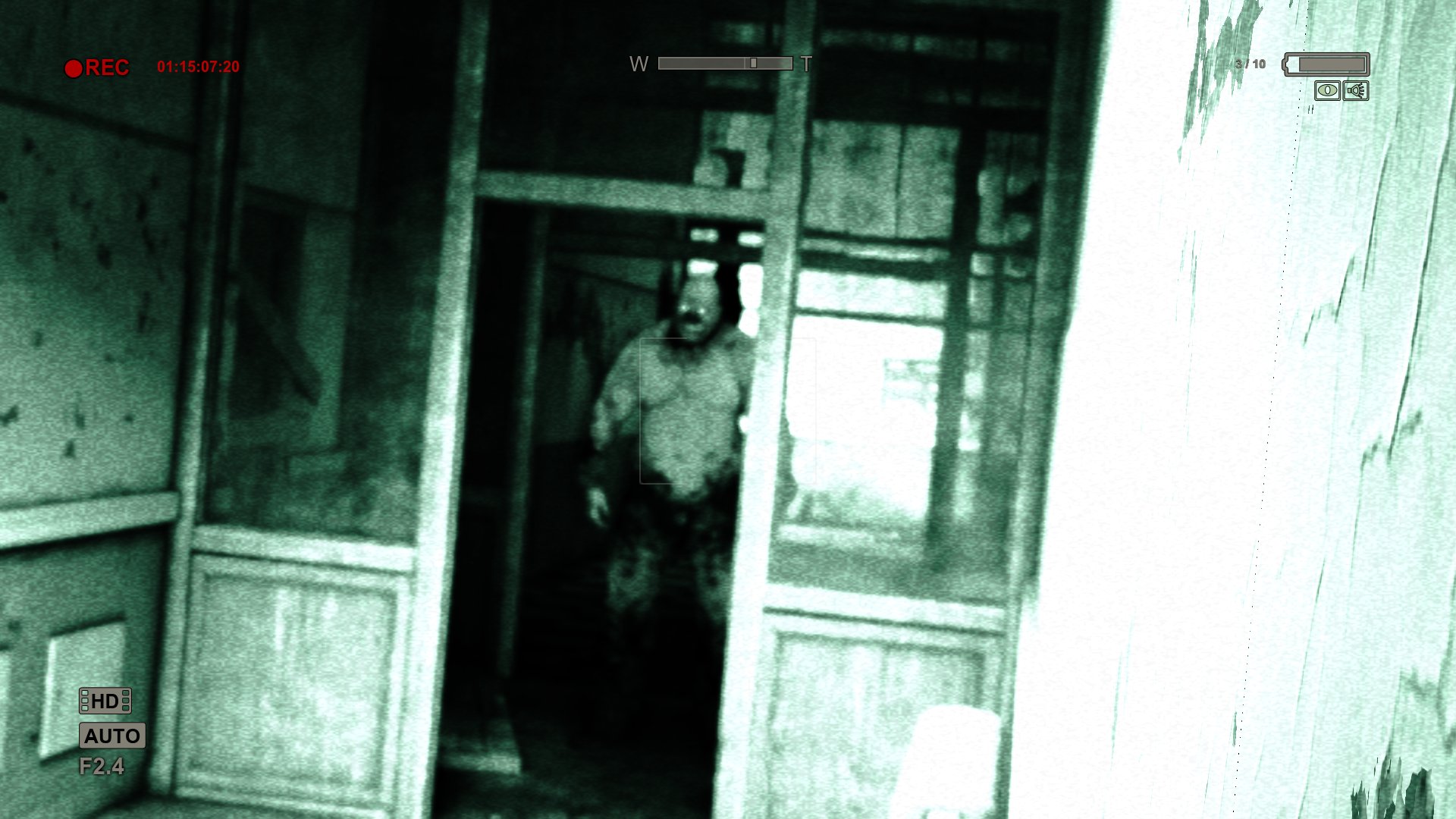
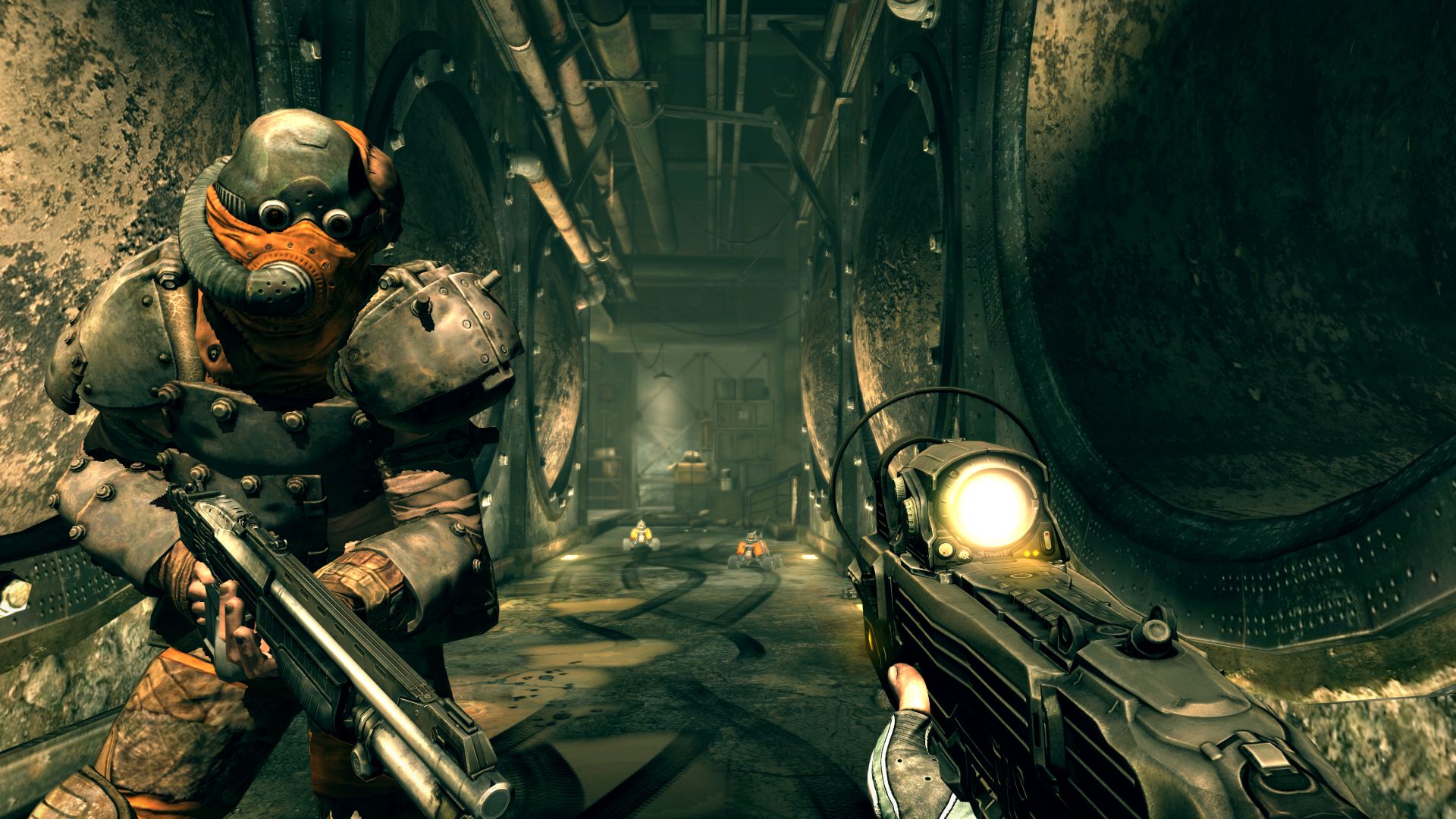
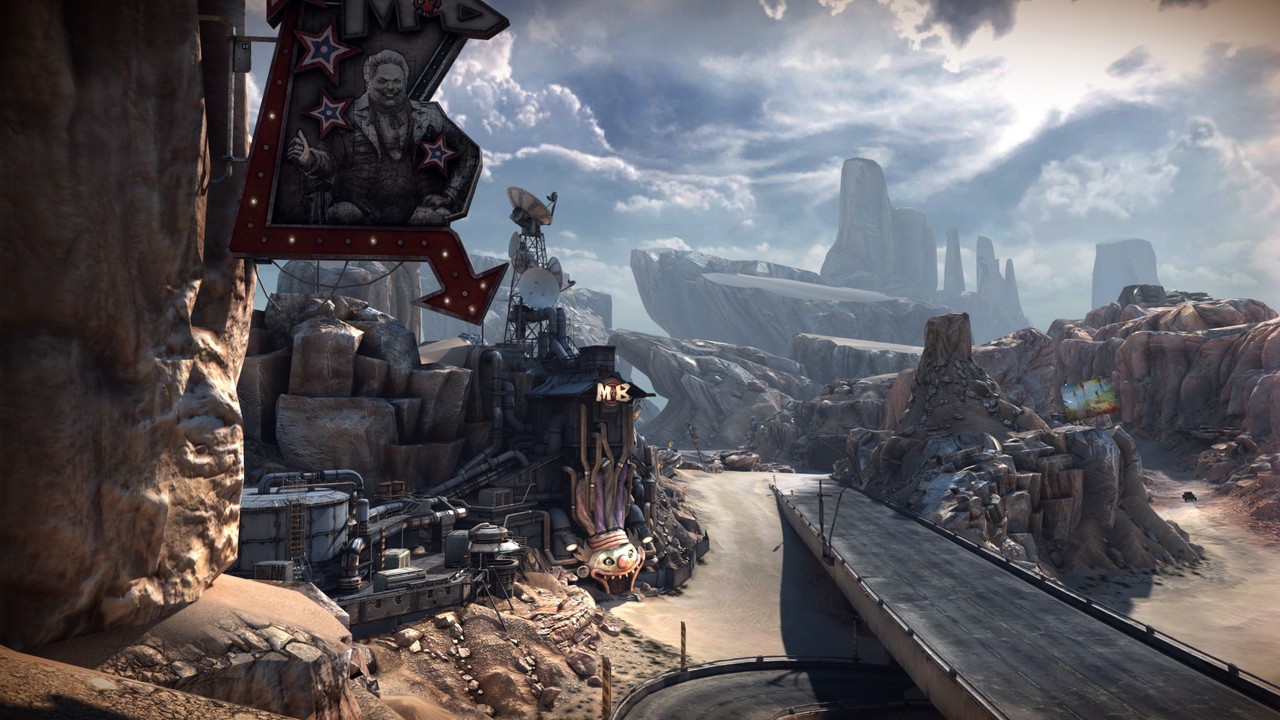
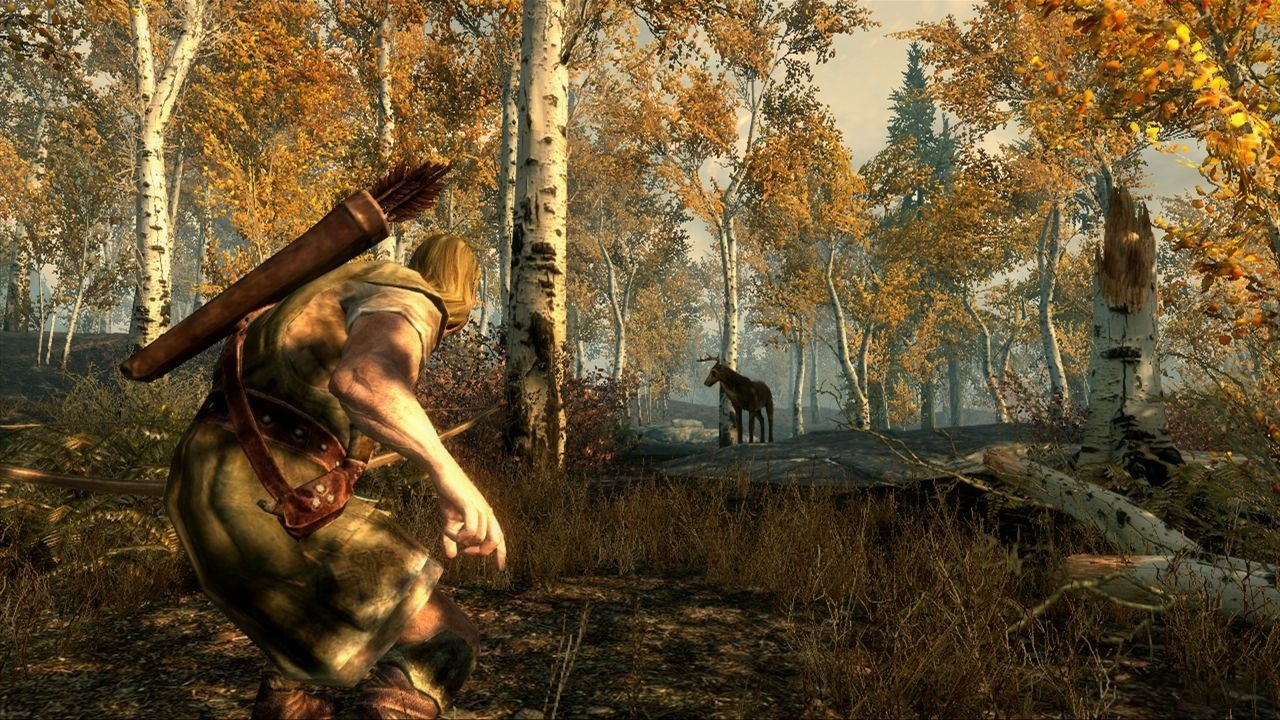
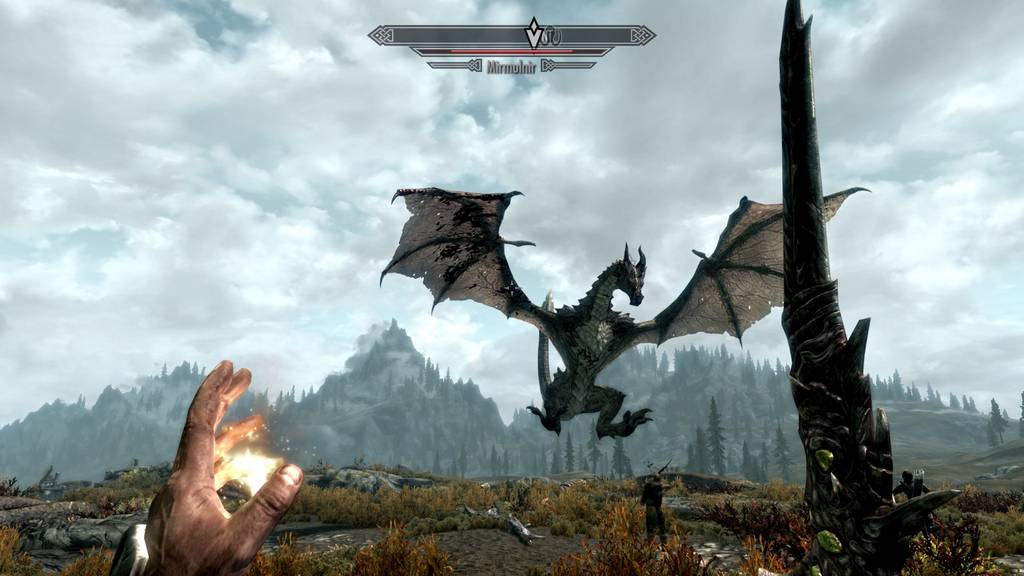





Published: May 6, 2016 05:50 am